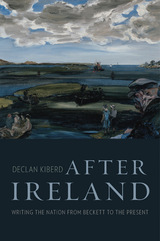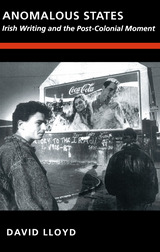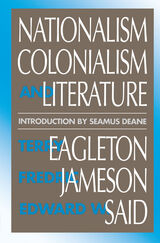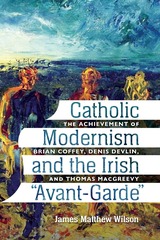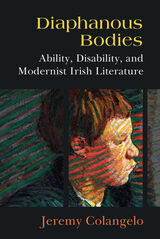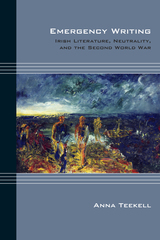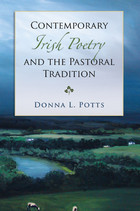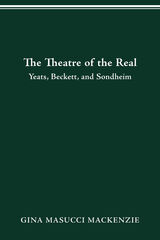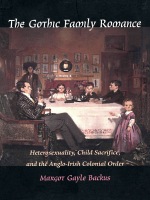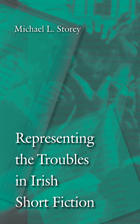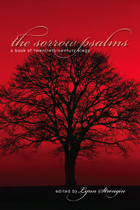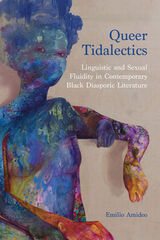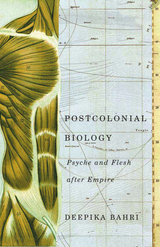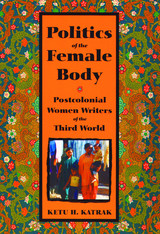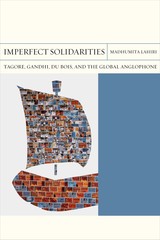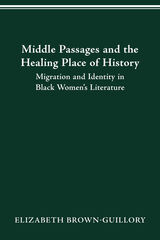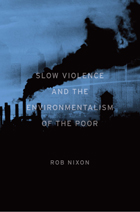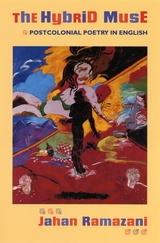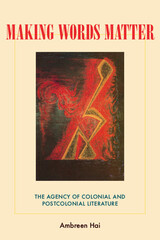The Feminization of Famine: Expressions of the Inexpressible?
Duke University Press, 1997
Cloth: 978-0-8223-2032-6 | Paper: 978-0-8223-2045-6
Library of Congress Classification PR8807.W6K45 1997
Dewey Decimal Classification 823.009352042
Cloth: 978-0-8223-2032-6 | Paper: 978-0-8223-2045-6
Library of Congress Classification PR8807.W6K45 1997
Dewey Decimal Classification 823.009352042
ABOUT THIS BOOK | AUTHOR BIOGRAPHY | REVIEWS
ABOUT THIS BOOK
Contemporary depictions of famine and disaster are dominated by female images. The Feminization of Famine examines these representations, exploring, in particular, the literature arising from the Irish "Great Famine" of the 1840s and the Bengali famine of the 1940s. Kelleher illuminates recurring motifs: the prevalence of mother and child images, the scrutiny of women’s starved bodies, and the reliance on the female figure to express the largely "inexpressible" reality of famine. Questioning what gives these particularly feminine images their affective power and analyzing the responses they generate, this historical critique reveals striking parallels between these two "great" famines and current representations of similar natural disasters and catastrophes.
Kelleher begins with a critical reading of the novels and short stories written about the Irish famine over the last 150 years, from the novels of William Carleton and Anthony Trollope to the writings of Liam O’Flaherty and John Banville. She then moves on to unveil a lesser-known body of literature—works written by women. This literature is read in the context of a rich variety of other sources, including eye-witness accounts, memoirs, journalistic accounts, and famine historiography. Concluding with a reading of the twentieth-century accounts of the famine in Bengal, this book reveals how gendered representations have played a crucial role in defining notions of famine.
Kelleher begins with a critical reading of the novels and short stories written about the Irish famine over the last 150 years, from the novels of William Carleton and Anthony Trollope to the writings of Liam O’Flaherty and John Banville. She then moves on to unveil a lesser-known body of literature—works written by women. This literature is read in the context of a rich variety of other sources, including eye-witness accounts, memoirs, journalistic accounts, and famine historiography. Concluding with a reading of the twentieth-century accounts of the famine in Bengal, this book reveals how gendered representations have played a crucial role in defining notions of famine.
See other books on: English fiction | Ireland | Irish authors | Narration (Rhetoric) | Women in literature
See other titles from Duke University Press

